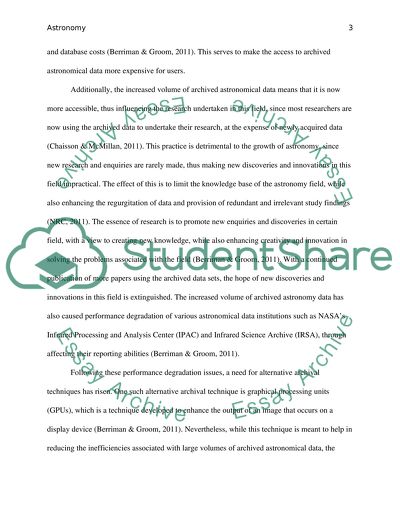Cite this document
(“How Will Astronomy Archives Survive the Data Tsunami Case Study”, n.d.)
Retrieved from https://studentshare.org/information-technology/1468252-how-will-astronomy-archives-survive-the-data
Retrieved from https://studentshare.org/information-technology/1468252-how-will-astronomy-archives-survive-the-data
(How Will Astronomy Archives Survive the Data Tsunami Case Study)
https://studentshare.org/information-technology/1468252-how-will-astronomy-archives-survive-the-data.
https://studentshare.org/information-technology/1468252-how-will-astronomy-archives-survive-the-data.
“How Will Astronomy Archives Survive the Data Tsunami Case Study”, n.d. https://studentshare.org/information-technology/1468252-how-will-astronomy-archives-survive-the-data.


